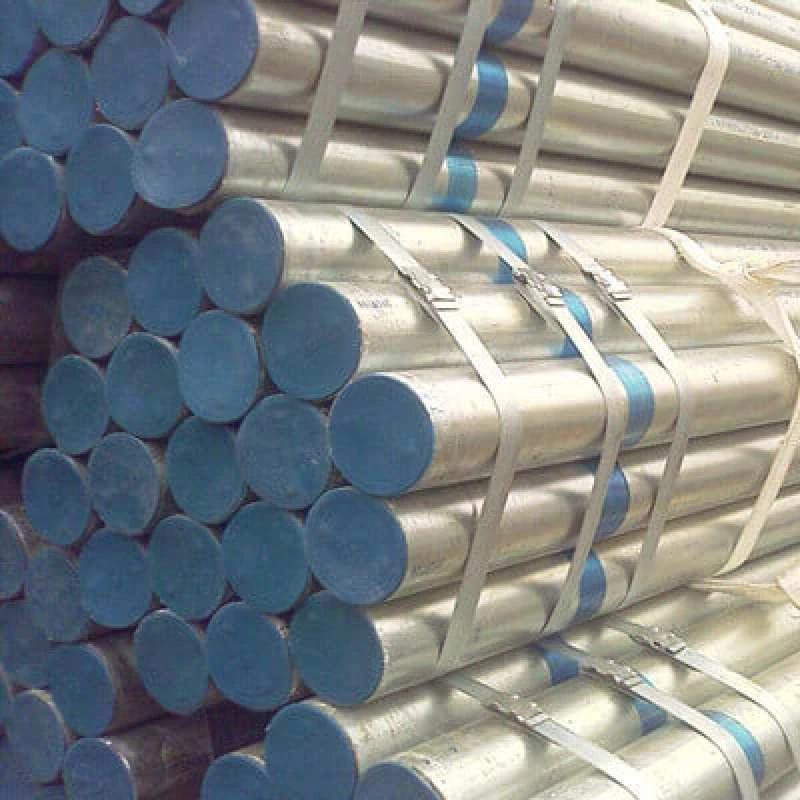-
Cangzhou Yulong Steel Co., Ltd.
-
Phone:
+86 13303177267 -
Email:
admin@ylsteelfittings.com
- English
- Arabic
- Italian
- Spanish
- Portuguese
- German
- kazakh
- Persian
- Greek
- French
- Russian
- Polish
- Thai
- Indonesian
- Vietnamese
- Zulu
- Korean
- Uzbek
- Hindi
- Serbian
- Malay
- Ukrainian
- Gujarati
- Haitian Creole
- hausa
- hawaiian
- Hebrew
- Miao
- Hungarian
- Icelandic
- igbo
- irish
- Japanese
- Javanese
- Kannada
- Khmer
- Rwandese
- Afrikaans
- Albanian
- Amharic
- Armenian
- Azerbaijani
- Basque
- Belarusian
- Bengali
- Bosnian
- Bulgarian
- Catalan
- Cebuano
- China
- China (Taiwan)
- Corsican
- Croatian
- Czech
- Danish
- Esperanto
- Estonian
- Finnish
- Frisian
- Galician
- Georgian
- Kurdish
- Kyrgyz
- Lao
- Latin
- Latvian
- Lithuanian
- Luxembourgish
- Macedonian
- Malgashi
- Malayalam
- Maltese
- Maori
- Marathi
- Mongolian
- Myanmar
- Nepali
- Norwegian
- Norwegian
- Occitan
- Pashto
- Dutch
- Punjabi
- Romanian
- Samoan
- Scottish Gaelic
- Sesotho
- Shona
- Sindhi
- Sinhala
- Slovak
- Slovenian
- Somali
- Sundanese
- Swahili
- Swedish
- Tagalog
- Tajik
- Tamil
- Tatar
- Telugu
- Turkish
- Turkmen
- Urdu
- Uighur
- Welsh
- Bantu
- Yiddish
- Yoruba

Nov . 21, 2024 16:59 Back to list
galvanized pipe rusting inside
The Rusting of Galvanized Pipes Causes and Solutions
Galvanized pipes have been a popular choice for plumbing and construction for many years. These pipes are coated with a layer of zinc to protect them from corrosion, making them a durable option for transporting water and other fluids. However, over time, even galvanized pipes can succumb to rusting, particularly on the inside, leading to various issues that can affect the integrity of the plumbing system.
Understanding Galvanization
Galvanization is a process that involves applying a protective zinc coating to iron or steel to prevent rusting. The use of galvanized pipes dates back to the 19th century, when they were initially adopted for water supply systems. The zinc coating serves as a sacrificial barrier; when exposed to moisture and air, it oxidizes. This oxidation process produces a layer of zinc oxide that protects the underlying metal from further corrosion. However, the protective qualities of the zinc coating can diminish over time, particularly under certain conditions.
Causes of Rusting in Galvanized Pipes
One primary reason for the rusting of the interior surfaces of galvanized pipes is the formation of rust inside the pipe due to moisture accumulation and bacterial growth. Water that sits stagnant for prolonged periods can lead to the development of corrosive conditions. Additionally, if the water has a high acidity level or contains impurities and chemicals such as chlorine, it can accelerate the degradation of the zinc coating.
Another significant factor contributing to rusting is the age of the galvanized pipes. Over the years, the protective zinc layer can wear away due to friction, flow dynamics, or physical damage. Once the zinc coating is compromised, the underlying steel is left vulnerable to rusting. This can lead to scale buildup and blockages, further exacerbating the deterioration of the pipes.
Symptoms of Rusting
galvanized pipe rusting inside

Homeowners and maintenance personnel can identify rusting in galvanized pipes through a variety of signs. Discoloration of the water, often appearing reddish-brown, is a common indicator of rust particles leaching into the water supply. Additionally, decreased water pressure or flow can suggest internal blockages due to rust or mineral buildup. Finally, leaks or visible signs of corrosion on the exterior of pipes can indicate underlying issues, as the structural integrity may be compromised.
Preventive Measures and Solutions
To mitigate the risk of rusting in galvanized pipes, regular maintenance and inspection are crucial. Homeowners should periodically check for any signs of corrosion or rust and address issues promptly. If stains, discoloration, or pumps fail to maintain pressure emerge, it may be wise to consult a plumbing professional.
Replacing aging galvanized pipes with modern materials, such as PVC, PEX, or copper, can also be beneficial. These materials are resistant to rusting and corrosion, often providing a longer-lasting solution for plumbing needs.
In cases where pipes have started to rust, draining and flushing the system can help remove sediment and rust particles. Using anti-corrosion treatment or installing a water softener can also prolong the life of galvanized pipes by reducing the corrosive impact of water.
Conclusion
While galvanized pipes have served as a reliable plumbing option for many years, understanding their susceptibility to rusting is essential for maintaining a healthy plumbing system. By recognizing the signs of rust and taking preventive measures, homeowners can preserve the integrity of their pipes, ensuring safe and clean water supply for years to come.
Latest news
-
ANSI 150P SS304 SO FLANGE
NewsFeb.14,2025
-
ASTM A333GR6 STEEL PIPE
NewsJan.20,2025
-
ANSI B16.5 WELDING NECK FLANGE
NewsJan.15,2026
-
ANSI B16.5 SLIP-ON FLANGE
NewsApr.19,2024
-
SABS 1123 FLANGE
NewsJan.15,2025
-
DIN86044 PLATE FLANGE
NewsApr.19,2024
-
DIN2527 BLIND FLANGE
NewsApr.12,2024
-
JIS B2311 Butt-Welding Fittings LR/SR 45°/90° /180°Seamless/Weld
NewsApr.23,2024











